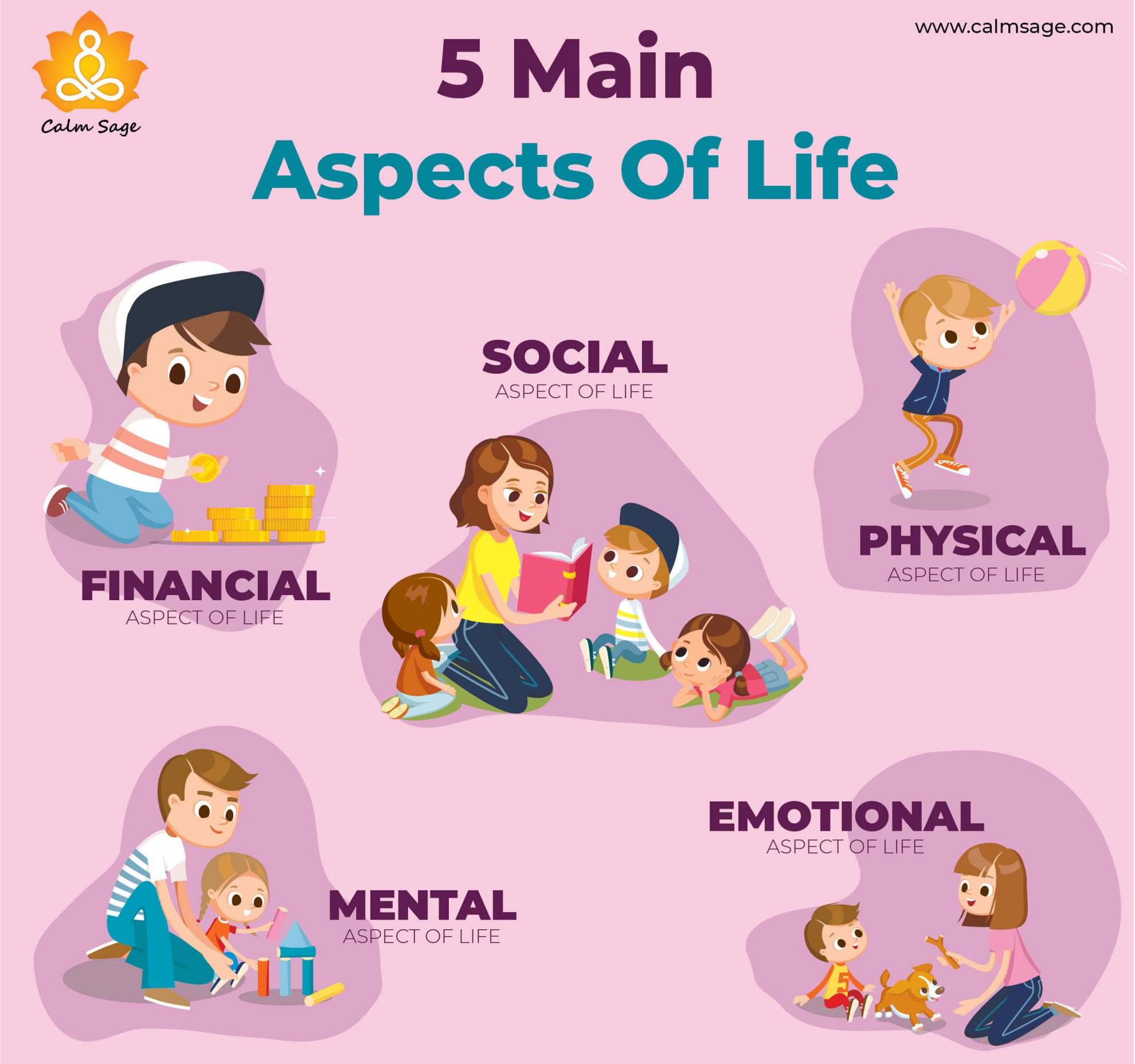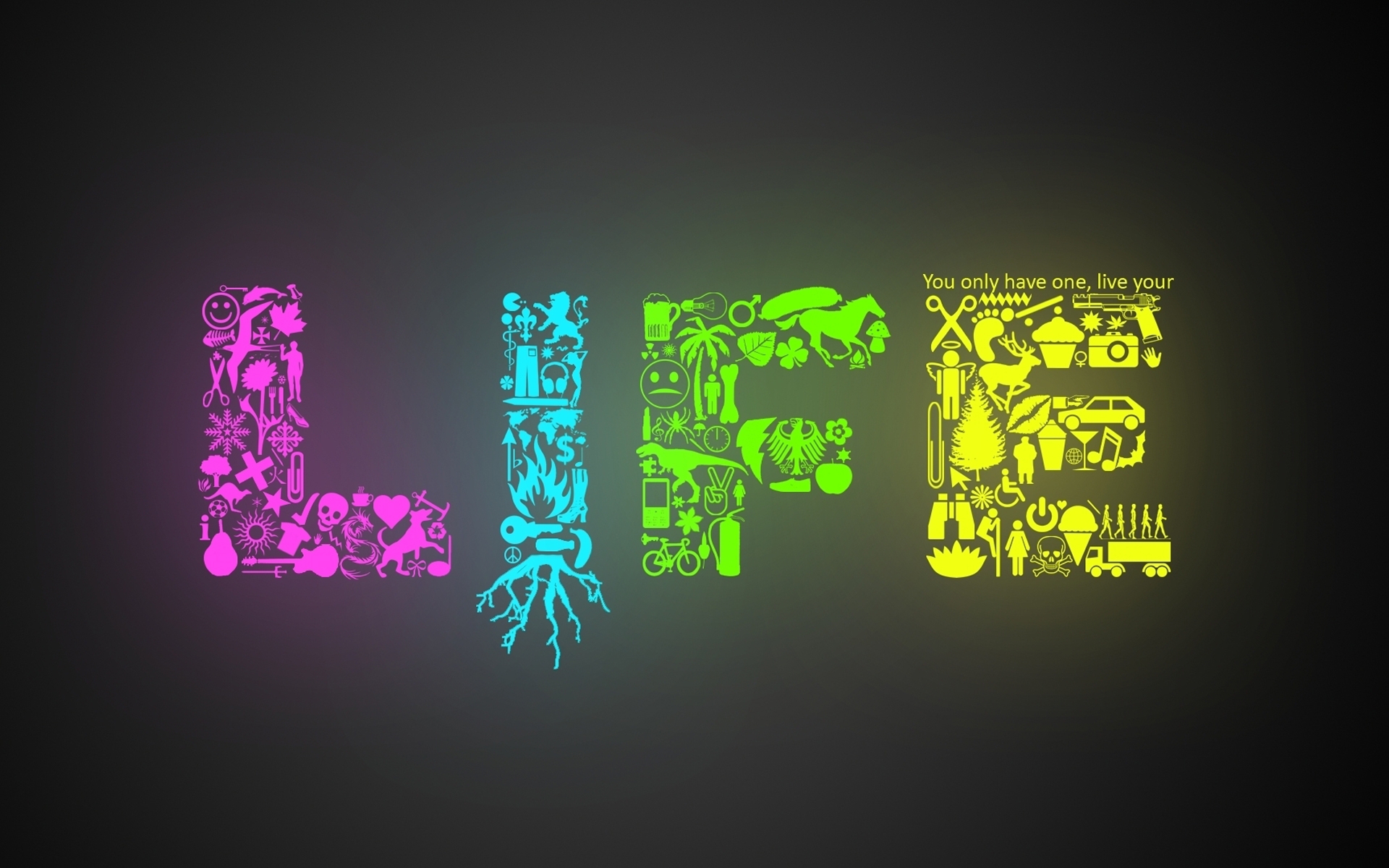Was Life Better Under The Shah - A Look Back
For many, the mention of Iran brings to mind images of a nation that has seen profound shifts. There are some truly striking pictures from before 1979 that show just how different the country was when the Shah of Iran was in charge. These visual records, quite frankly, offer a window into a time that feels, in some respects, almost like another world compared to what we see today. It makes you wonder, doesn't it, about the daily experiences of people living through those years.
It's a curious thing, really, how perspectives on history can change or become clearer over time. There was, for instance, a rather unusual moment when the Shah, who had been the leader of what many considered a very harsh and controlling state, found himself in a particular situation. This past leader, whose rule was seen by some as quite oppressive, certainly left a lasting impression, and people still talk about what life was like then.
The question of whether life truly improved after the revolution, when new leaders came to power, is a topic that still sparks much discussion. Some say things got better, pointing to various factors, while others have a very different take. This ongoing conversation, you know, really gets to the heart of how different groups remember and interpret the past, especially when asking, was life better under the Shah.
Table of Contents
- The Shah's Time - A Glimpse Back
- Who Was Mohammad Reza Pahlavi?
- Was Life Better Under The Shah - Economic Realities?
- How Did Daily Life Change - Was Life Better Under The Shah?
- The Revolution's Promise - Was Life Better Under The Shah?
- What Happened After the Shah Left - Was Life Better Under The Shah?
- Comparing Eras - Was Life Better Under The Shah?
- A Look at People's Perspectives - Was Life Better Under The Shah?
The Shah's Time - A Glimpse Back
For nearly four decades, from 1941 to 1979, Iran was led by King Mohammad Reza Pahlavi, who was known as the Shah. This was a period, quite frankly, of significant change and development for the nation. During his time, Iran, you know, went through a series of important shifts, shaping its path in many ways.
Who Was Mohammad Reza Pahlavi?
When we talk about the Shah, we're referring to Mohammad Reza Pahlavi, the monarch who held power in Iran for a considerable stretch of the 20th century. He was, in a way, the central figure in the country's story for many years, influencing its direction until the Islamic Revolution came along and changed everything. Here are a few basic details about his rule:
| Title | King (Shah) of Iran |
| Years of Rule | 1941 to 1979 |
| Successor | Islamic Republic |
His rule, as a matter of fact, ended with a dramatic shift in the country's political landscape, which saw the rise of a new system. People often compare this period to what came after, trying to figure out if, on the whole, life was better under the Shah.
Was Life Better Under The Shah - Economic Realities?
When thinking about whether life was better under the Shah, many people point to the economic situation. Some suggest that the Shah was a leader who lived a very comfortable existence, enjoying many luxuries, while a lot of the people in his country were struggling with not having enough. This picture, you know, shows a stark contrast in how resources were distributed or experienced.
However, there's another side to this story. Many Iranians, in fact, look back fondly on the Shah's time because of the financial well-being that seemed to be a big part of his rule. During the 1960s and 1970s, Iran actually saw a period of quick financial growth and a move towards being more modern. This growth was, quite frankly, significant and touched many parts of daily life.
The country's earnings from selling oil were much higher during the Pahlavi era than they are now, which, in some respects, allowed for more investment and development. Yet, despite this, some argue that today, the Iranian people are poorer than they were during the Shah's time. This is often linked to outside financial penalties that, apparently, make it harder for the economy to do well. So, the question of was life better under the Shah, when it comes to money, has different answers depending on who you ask and what they focus on.
How Did Daily Life Change - Was Life Better Under The Shah?
Beyond just money matters, the way people lived day-to-day also saw big changes under the Shah. Iran, for example, had a population that was becoming more and more educated, and it was even considered the most educated country in the Middle East. This focus on learning, you know, really opened up new paths for many individuals.
Under the Shah's leadership, the country's financial chances and learning opportunities grew. He also pushed hard to make many parts of the country more industrial, bringing in new ways of making things and working. Britain and the United States, by the way, saw Iran as a very important friend in the Middle East during this time, which influenced many of these changes. These efforts, in a way, aimed to improve living conditions and make Iran more competitive on a global scale, like countries such as Korea and Japan. So, in terms of daily improvements, many might argue that life was better under the Shah.
The Revolution's Promise - Was Life Better Under The Shah?
The revolution against the Shah’s system, which Iran celebrated its 36th anniversary of not too long ago, was a turning point. Many ordinary people, it's true, took part in this uprising because they truly hoped for a more improved existence. They believed that a new direction would bring about positive changes in their everyday circumstances.
Both religious and non-religious groups joined in protests and work stoppages, and these actions grew stronger over time. The people who guided the public talk of the revolution, including those with religious beliefs and those with left-leaning ideas, were pursuing certain goals for the country. These goals, in fact, were then taken up by the group that came into power in February 1979. This moment, really, marked a significant shift in the country's direction, leading many to ask if the promises of the revolution delivered on the idea that life was better under the Shah.
What Happened After the Shah Left - Was Life Better Under The Shah?
By early 1979, the Shah was compelled to leave Iran. Soon after, Khomeini, who had been away from the country, came back to a very enthusiastic welcome. The change in Iran, from a monarchy to an Islamic republic, happened very quickly after the revolution. This was, in a way, a rapid transformation that reshaped the nation's identity and its governance.
Sadly, what followed had some difficult results. There was an immediate negative effect on the country's ability to grow financially. This led to prices going up, a wider gap between what different people earned, more people not having jobs, and a rise in not having enough money to live on. It's almost as if the immediate aftermath presented a harsh reality for many.
Things got so tough that, apparently, some people have been forced to sell parts of their bodies just to make ends meet. This stark reality is often brought up when people discuss whether life was better under the Shah, as it highlights the severe difficulties faced by some citizens in the time that followed.
Comparing Eras - Was Life Better Under The Shah?
For many Iranians, the Shah's time is the only period they can truly compare to the present situation that they remember. There's a common saying among Iranians that goes something like this: if the Shah's rule was considered difficult, then the current system is even more challenging. This sentiment, you know, captures a widely held view among a lot of people.
Some argue that the monarchy was, in fact, much better than the current Islamic Republic. They point out that under the Shah, the country used its oil money to help people get an education and improve their living conditions. The goal, it seems, was to make Iran a strong competitor, similar to how countries like Korea and Japan developed. So, when people ask if life was better under the Shah, this is often a key point they bring up.
A Look at People's Perspectives - Was Life Better Under The Shah?
You'd probably have to be, like, completely out of touch, or perhaps someone who strongly supports the current system, to suggest that the quality of life for Iranians is better now than it would have been under the Shah's system, or whatever that system might have become. That's a strong statement, but it reflects a deep feeling among many. People, you know, often feel that their current situation is much harder.
The idea of a country where people have a real chance to move into a comfortable middle-income group, or even enjoy a very good standard of living, is something that comes up often in these discussions. It's about having opportunities, really, and being able to build a decent life. So, when people weigh up the past and the present, these personal experiences and hopes for a good life are very much at the heart of whether they believe life was better under the Shah.

Understanding The 5 Main Aspects of Life And Ways To Balance Life

10 Amazing Secrets For a Happy and Beautiful Life

LIFE — Steemit